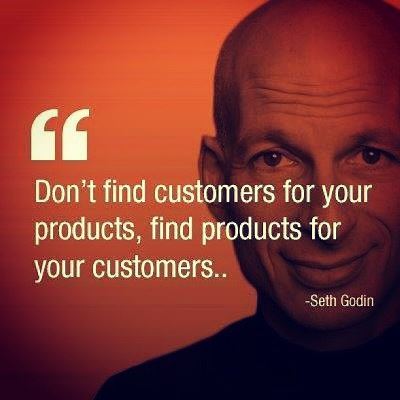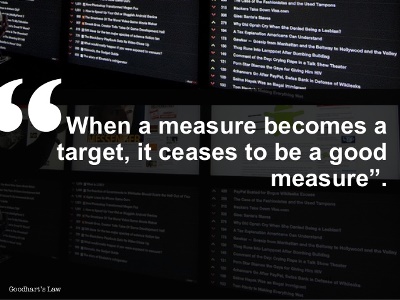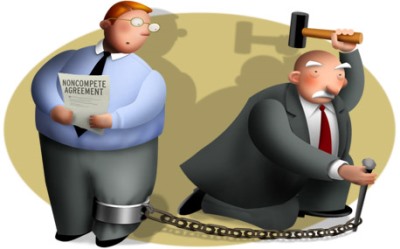I am fascinated by the fact that the concept of entrepreneur and start-up is not understood identically by all, and how this leads to damaging confusion. According to Wikipedia, “Entrepreneurship is the process of designing, launching and running a new business“. Any kind of business is understood here. However, most of the literature on the subject of entrepreneurship and startups has definitely a stricter sense: the business must be of the exponential potential growth nature.
 Hence in the world of start-ups, business-angels and other venture capitalists, only businesses that have this exponential potential will be considered, because those are the ones that can pay back the initial investment. But most businesses that entrepreneurs create on a day-to-day basis are not of this kind: they are rather possibly niche, or subject to linear growth only.
Hence in the world of start-ups, business-angels and other venture capitalists, only businesses that have this exponential potential will be considered, because those are the ones that can pay back the initial investment. But most businesses that entrepreneurs create on a day-to-day basis are not of this kind: they are rather possibly niche, or subject to linear growth only.
Business angels and Venture Capitalists look down at those other entrepreneurs thinking that they are not true entrepreneurs. And when I seek advice about how to build a business, most of what’s available in terms of literature is only applicable to exponential-growth start-ups: it revolves around the issue of scaling, of financing while not making any profit, etc.
On the contrary, I believe that it is perfectly respectable to create a business that intends to put its dent on the universe and be highly influential while remaining relatively small. And it is quite as hard. And it is not because the business does not grow exponentially that it is a failure. Of course this business can’t then be financed by the same markets and they should not give the hope of unrealistic returns to attract the relatively easy money available for exponential startups. But still it make make its mark and provide a sustainable influence in its surroundings.
Why should non-exponential businesses and their entrepreneurs be neglected and despised? At the end they make the most of the economic activity.











